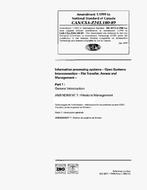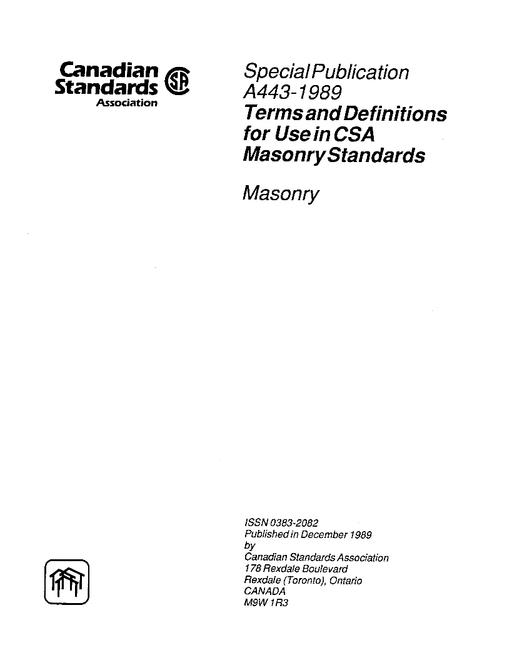-
-
Available Formats
- Availability
- Priced From ( in USD )
-
Available Formats
-
- Secure PDF 🔒
- Immediate download
- $58.00
- Add to Cart
-
- Printed Edition
- Ships in 1-2 business days
- $58.00
- Add to Cart
Customers Who Bought This Also Bought
-

CAN/CSA Z217.1-M92/Z217.2-M92(R1999)
Priced From $32.00 -

CAN/CSA Z243.180A-99 (R2013)
Priced From $83.00 -

CAN/CSA Z323.4.10-94
Priced From $32.00 -

CSA A443-1989 (R1998)
Priced From $37.00
About This Item
Full Description
1. Scope
1.1 This Standard describes test methods for use in assessing the performance of porous media element flame arresters intended for use with Class I, Group C and D flammable gases and vapours, as defined in CSA Standard C22.1 in applications such as flare stacks, firebox air intakes, and vent lines. This Standard does n ot apply to the details of construction, specification, selection, application, maintenance, or any of the other factors that must be considered for a suitable flame arrester installation. Notes: (1) See Appendix A for general background information concerning flame arresters and test procedures. (2) With the exception of the terms ""flame arrester"", ""firebox"", and ""in-line flame arrester"", terms that are defined in Clause 3 are shown in italics in the text elsewhere throughout this Standard.
1.2 This Standard applies to flame arrester installations where the ambient temperature to which the arrester is exposed is in the range -45 to 100?C, and where the maximum operating pressure for flame arrestment is 108.25 kPa (absolute), unless otherwise stated by the manufacturer (see Clause 1.4). This Standard covers the testing of complete flame arrester units only (consisting, as a minimum, of a flame arrester housing and flame arrester element), and does not apply to the testing of individual components thereof. Performance tests of a flame suppression system, which may form part of a flame arrester assembly, are not within the scope of this Standard. A flame warning system is mandatory for any in-line flame arrester being tested to this Standard. Notes: (1) The above temperature range is intended to represent normal outdoor seasonal temperature and pressure extremes to which a flame arrester may be exposed in normal use. (2) A device tested to this Standard may be operated at higher pressures, but flame arresting capabilities at pressures above 108.25 kPa (absolute) are not within the scope of this Standard, unless performance claims in this regard are stated by the manufacturer (see Clause 1.4). Internal operating pressures would normally be expected to be lower than 108.25 kPa (absolute) w here a low flow or loss of flo





